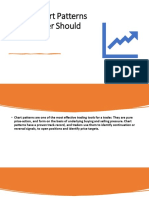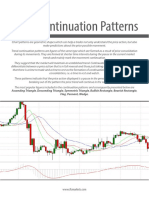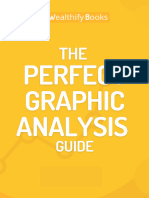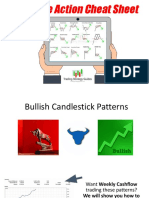0% found this document useful (0 votes)
117 views26 pagesChart Patterns
The document discusses trading with the trend, emphasizing strategies that align with market movements to increase profitability and reduce emotional trading. It outlines various continuation patterns, such as ascending and descending triangles, bullish and bearish flags, and channels, providing trading models for each. Additionally, it describes the cup and handle and inverted cup and handle patterns as bullish and bearish continuation patterns, respectively.
Uploaded by
py506316Copyright
© © All Rights Reserved
We take content rights seriously. If you suspect this is your content, claim it here.
Available Formats
Download as PDF, TXT or read online on Scribd
0% found this document useful (0 votes)
117 views26 pagesChart Patterns
The document discusses trading with the trend, emphasizing strategies that align with market movements to increase profitability and reduce emotional trading. It outlines various continuation patterns, such as ascending and descending triangles, bullish and bearish flags, and channels, providing trading models for each. Additionally, it describes the cup and handle and inverted cup and handle patterns as bullish and bearish continuation patterns, respectively.
Uploaded by
py506316Copyright
© © All Rights Reserved
We take content rights seriously. If you suspect this is your content, claim it here.
Available Formats
Download as PDF, TXT or read online on Scribd
/ 26


























































































